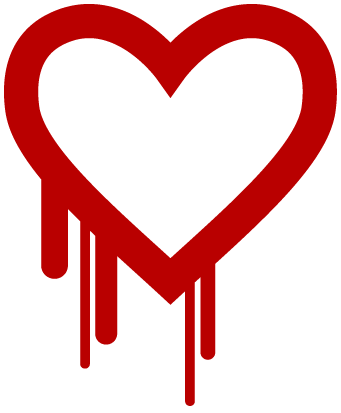INSUBCONTINENT EXCLUSIVE:
As we enter the full throes of coronavirus spread in the United States , it becoming incredibly evident that we cannot depend on the federal
apparatus to clearly communicate any of the necessary information citizens need
From the CDC removing exact testing numbers from its site to the president saying it would just &go away to the White House attempting to
make information about the virus briefings classified.
Meanwhile, everyone is trying to determine what the right level of panic is
Fear is a healthy response to danger and it helps the body get ready to fight by raising adrenaline levels and heightening awareness so that
we can take in new information about our situation and process it faster.
Too much fear without the proper information, though, and the mind
I went to the store last night and the toilet paper aisle was completely bare…but the dry goods aisle was fully stocked.
The kind of
hive-driven thinking that puts fear of a dirty ass ahead of starvation is exactly the problem that clear communication would address.
This
would allow informed urgency to take the place of panic or complacency.
Now, more than ever, we need a crisply defined set of messaging and
information about the coronavirus& capabilities, spread, effects, treatment and mitigation methods
And I&m beginning to wonder whether we might take a cue from the way that cybersecurity vulnerabilities are handled now.
There have been
&famous& worms and viruses in the computer world in the past, hell even the Morris worm had a name
But in the modern era, the OpenSSL security bug Heartbleed was one of the first to be branded and defined so thoroughly and so quickly
It had a name, a memorable logo, it had a simple, clear website that outlined the causes and possible remedies for the vulnerability which
could have led to a massive breakdown in the security and stability of the internet.
What does the coronavirus have? Confusion about the
coronavirus being the carrier and COVID-19 being the disease and how to use each of those in the proper context.
Instead of some central,
clear resource, the teens are turning to meme accounts to try to figure out what the hell is going on
Which again brings up the way that information is spread on the internet today
Virality is about multi-modal comms
A meme works across Instagram and Twitter and TikTok and Snap and the web
So you need to provide something that is instantly recognizable across those platforms as a single origin source of quality — that a
brand.
We know the prime faults at play here, the gutting of the CDC, a politicized viral mitigation process and subsequent massive delays
in testing.
But we&ve had time to make our own way.
We&ve known that a coronavirus pandemic is possible and even expected
Bill Gates warned attendees of a conference held by the Massachusetts Medical Society and the New England Journal of Medicine of the dangers
of a pandemic in 2018 and the need to prepare ourselves as if we were going to war
The Gates Foundation and Johns Hopkins even ran an extensive simulation of a very similar kind of zoonotic coronavirus to the one thatwe&re
experiencing today.
The conclusion of that simulation, by the way, was something like 65 million deaths over 18 months
The virus in the suddenly very popular Matt Damon vehicle Contagion only killed 26 million people.
The signs are all over that we need to
find a way to punch through the communication failures and misinformation storm to craft a unified messaging platform that gets across the
base nature of the virus and the ramifications if we don''t do something about it.
The most effective piece of branding I&ve seen on the
coronavirus and COVID-19 so far is a chart that shows, in graphic form, what the cost of not flattening the curve of contagion looks like
It has since been shared, remastered by publications and even turned into a gif.
How to play your part minimising the impact of Covid-19,
in one simple gif, thanks to @XTOTL - @SiouxsieW https://t.co/s2331Up39n pic.twitter.com/IDqnxAs5z5
mdash; The Spinoff (@TheSpinoffTV) March
8, 2020
Sadly, it the closest thing we have to a high-impact, clarity-driven call to action in this thing so far.
There are also some other
attempts, like a 17-year-old Seattle student live updated website with current statistics
And, of course, the excellent Johns Hopkins case-tracking dashboard
And yes, we&re running a COVID-19 info page to help you understand what it means for your business.
But what we really need now is a set of
reference works that help people identify, understand and follow along with quality information and direction on the coronavirus
I&m honestly not sure how to maintain it, or who should shepherd it (beyond not the CDC at this point), but states are one possible steward
If state surgeons general banded together with a solid product and branding team I think it could end up making a real difference in the
recognition of reliable sources of information about the virus
Or, we could just keep up the ad hoc approach and get it from whatever random tweet we see next

